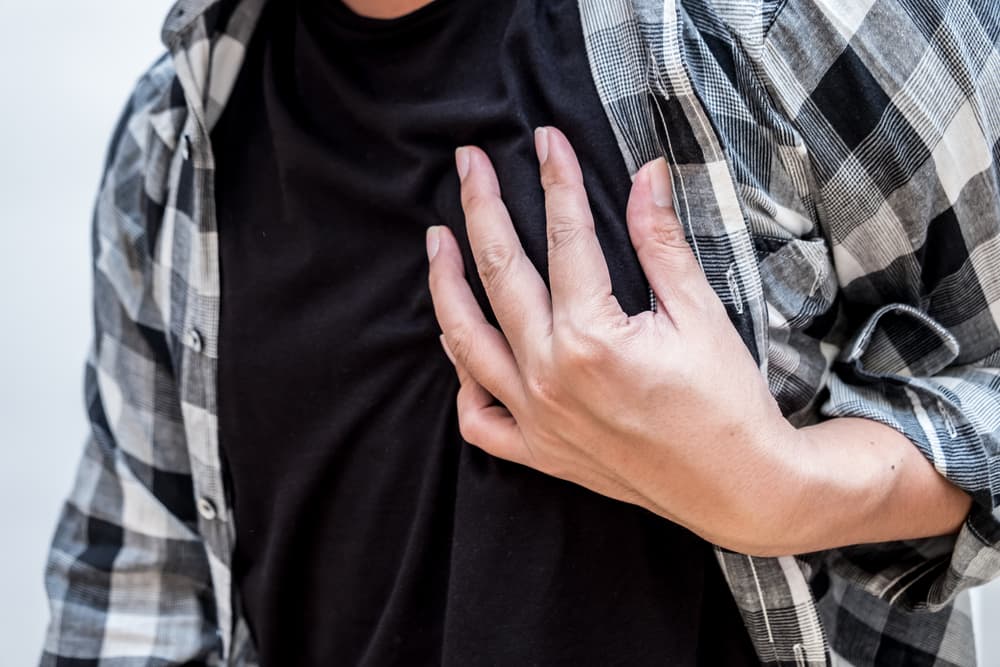Contents:
Medical Video: Tissue Identification Practice
Definition
What is a tissue type test?
Tissue type test is a blood test that identifies substances called antigens on the surface of body cells and tissues. By checking the antigen, it can be seen whether your donor network is safe (compatible) for transplantation to other people. This test can also be called HLA Typing. Antigens can distinguish between normal body tissue or foreign tissue (for example, tissue from other people's bodies). This type of tissue helps find tissue that is best suited for certain tissues or blood cells (such as platelets). In some cases, a tissue type test can be done to see if a person has a risk of developing certain diseases that cause the body to attack its own cells, such as autoimmune diseases.
A special pattern of antigens (called tissue types) is present in each person's cells and tissues. Half of each person's antigen comes from (inherited by) mother and half from father. Identical twins have the same pattern, but other people have their own special patterns. Sister's sister has 1 of 4 opportunities to have identical antigens. The antigen pattern of each person can be a "fingerprint" through a tissue type test.
- the more suitable the antigen is, the more likely the organ or tissue transplant will succeed
- the more like the antigen pattern of two different people, the more likely it is that the two antigens are related to each other
- Some diseases (such as multiple sclerosis or ankylosing spondylitis) are more common in people who have certain antigenic patterns. It is unknown what the reason is
The two main antigen groups are used for tissue type tests. Class I has three classes of antigens (HLA-A, HLA-B, HLA-C) which are found in several types of blood cells. Class II has one class of antigen (HLA-D) which is only found in certain cells in the body. There are various types of antigens in each category.
When do I need to undergo a tissue type test?
This tissue type test is carried out to:
- see antigen pattern match for certain tissue or organ donors (including blood platelet transfusions or bone marrow transplants). The success of a transplant depends on how close the antigen pattern matches. The antigen pattern is most likely similar when the donated organ or tissue comes from a close family
- see how close the blood bond is between two people. If the antigen pattern is very similar, maybe the two people have blood relations with each other. But this type of tissue cannot prove definitively that these two people have blood relations. A tissue type test can be done as part of a DNA test to examine the relationship between father and biological child
- find people who may have a high risk of developing autoimmune diseases
Prevention & warning
What should I know before undergoing a tissue type test?
Although this type of network cannot prove that two people have blood relations, this test can show how much the link between these two people is possible. The type of tissue can be done as part of the lawsuit when there is a problem related to blood relations.
Having an antigen pattern that is related to a particular disease does not mean that this disease is present or will surely appear to you. Your doctor will talk to you about the possibility of this disease.
Process
What should I do before undergoing a tissue type test?
You don't need to prepare for this test. If you donate tissue or blood cells, your doctor may want to talk about your medical history such as a history of cancer, infection, high-risk behavior, using drugs, getting poisoned, and traveling abroad. Then it is important to understand whether your donor network can be used.
What is the process of tissue type test?
Your doctor will clean a small area of your arm or elbow with antiseptic or alcohol. In some cases, your doctor will wrap an elastic belt around the top of your arm to increase blood flow. This makes collecting blood from your veins easier.
Your arm will then be pierced with a syringe which then enters your veins. Blood will accumulate in a tube attached to the tip of the needle. After enough blood is taken, the doctor will remove the needle. Then the doctor will apply cotton and bandages to stop bleeding where the syringe is injected.
What should I do after undergoing a tissue type test?
You will be promised time to get the test results. The doctor will explain the test results that matter to you. You must follow the instructions from the doctor.
Explanation of Test Results
What do the test results mean?
Certain HLA genes or antigens will be identified during HLA classification for the compatibility of transplanted organs and tissues. Genes and / or antigens from transplant recipients will be compared with potential donor genes / antigens. The results of the study indicate the number of suitable and inappropriate antigens. The greater the number of matches the greater the probability of transplant success. "Zero incompatibility" indicates a high probability that the organ or tissue will not be rejected by the recipient.
The absence of HLA receiving antibodies to the HLA antigen donor is very important. Matching donors with recipients who have developed antibodies must be carefully considered because the more developed HLA antibodies a person has, the greater the likelihood of rejection.
The results of positive crossings are usually interpreted as high-risk transplants. These people are at risk of refusing transplants, which may or may not be treated with various immunosuppressant drugs.
Hello Health Group does not provide medical advice, diagnosis or treatment.











